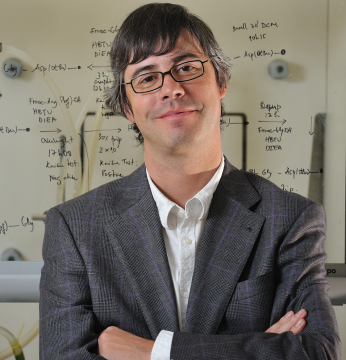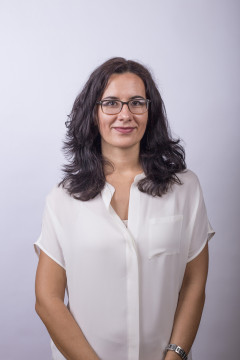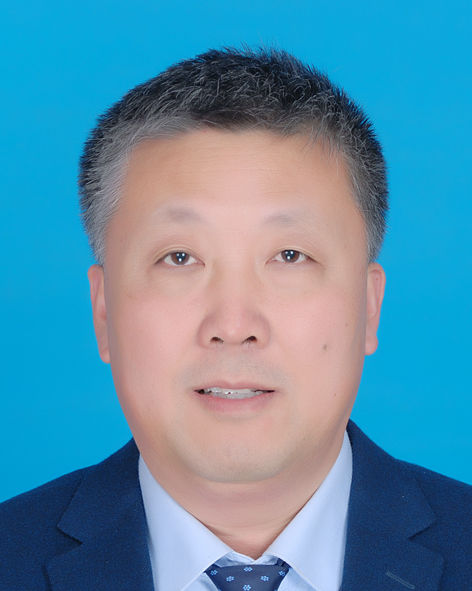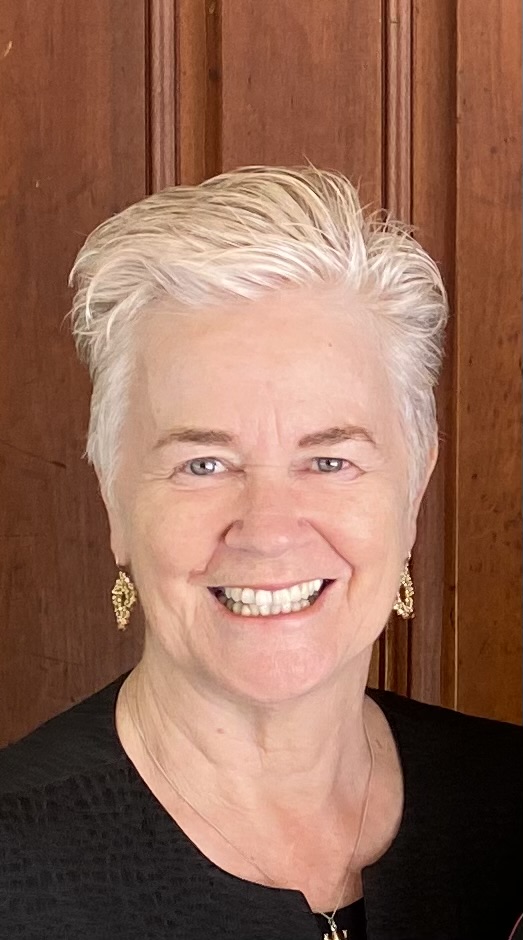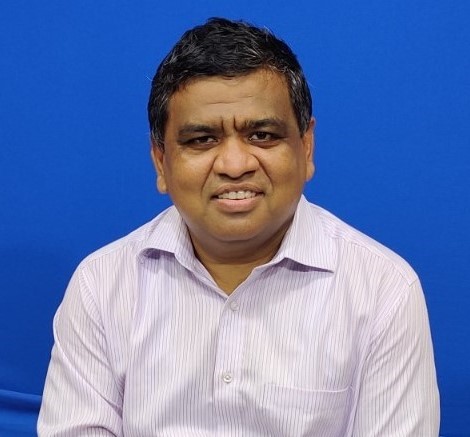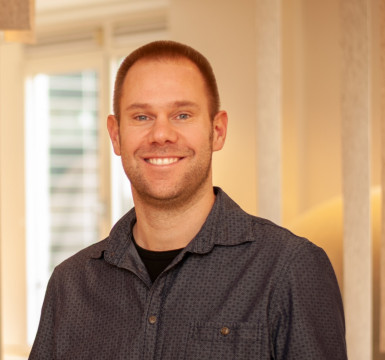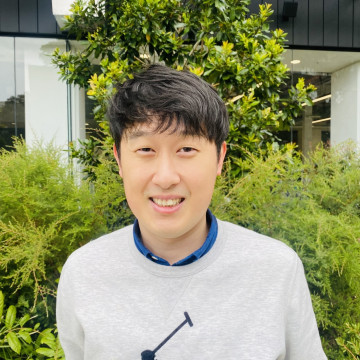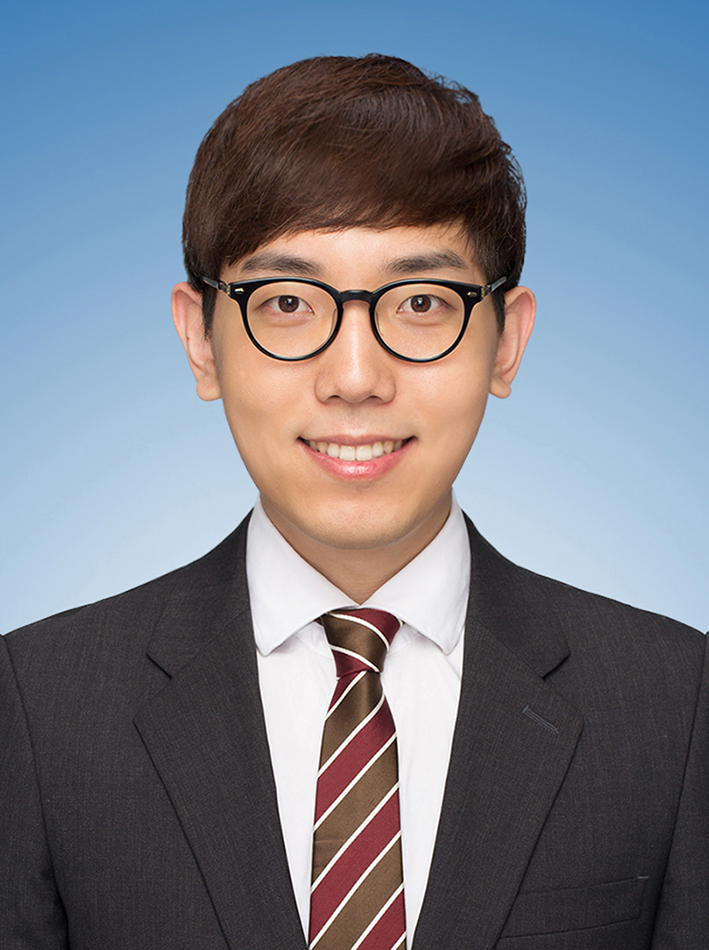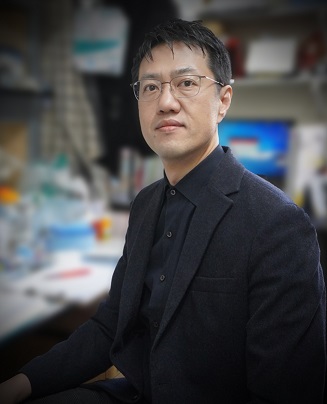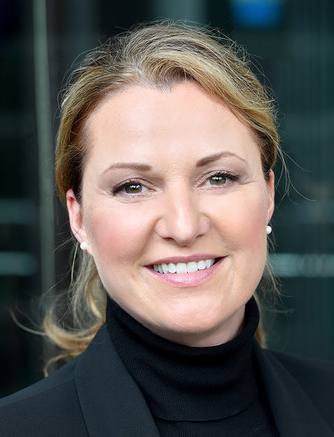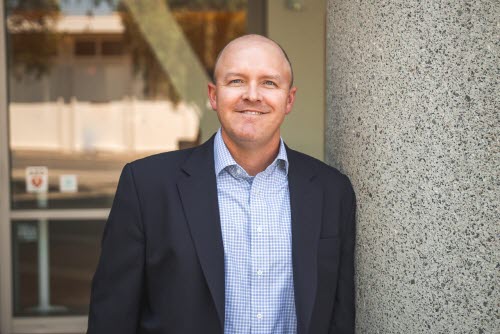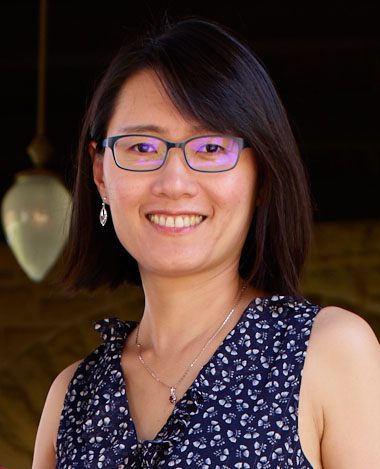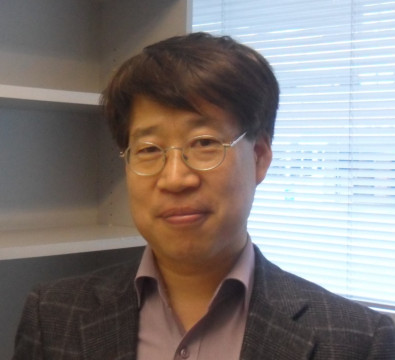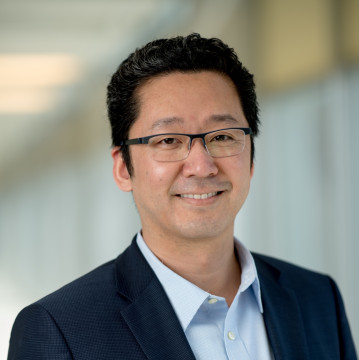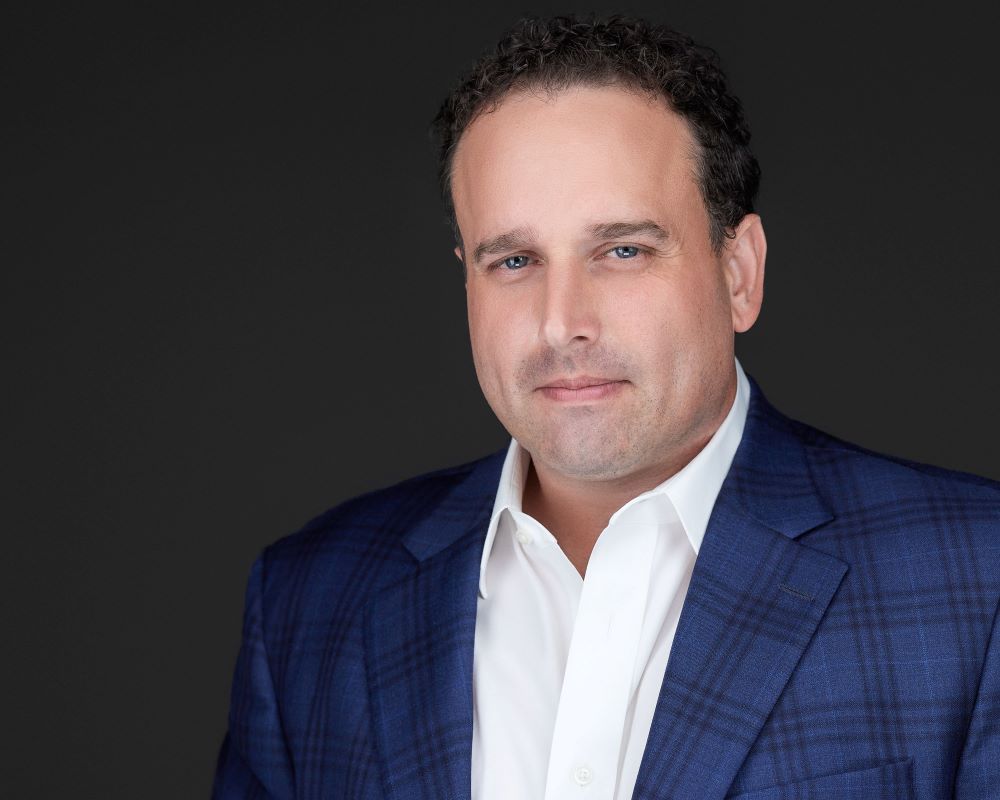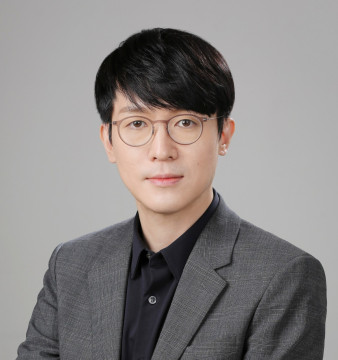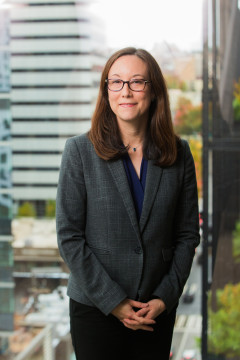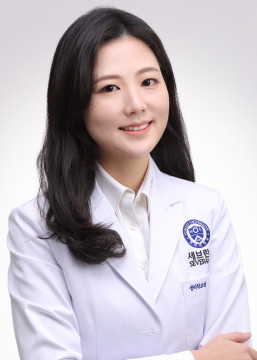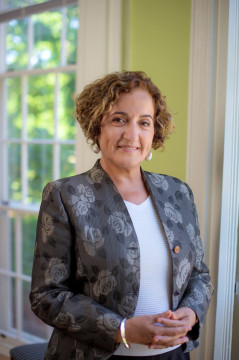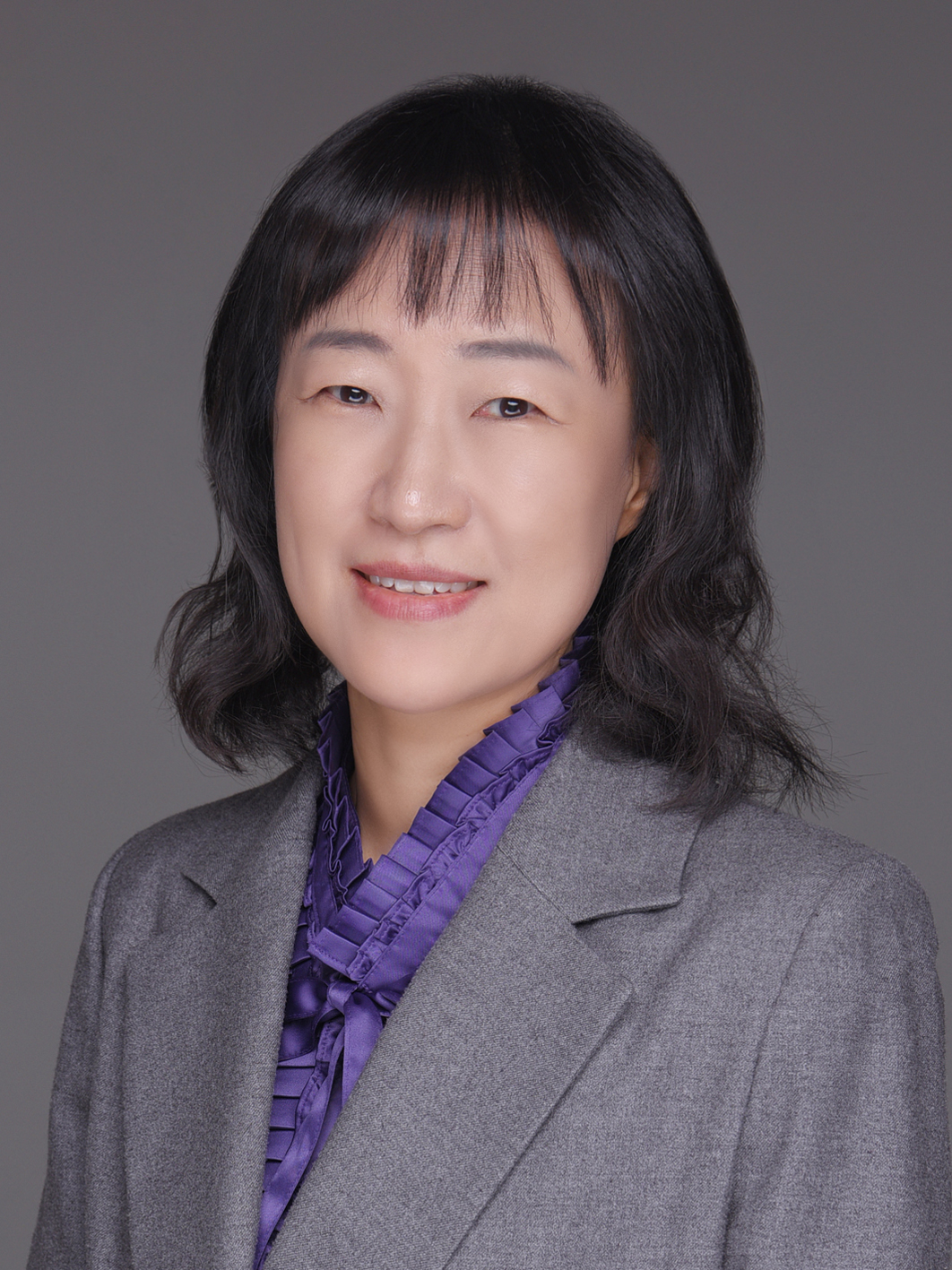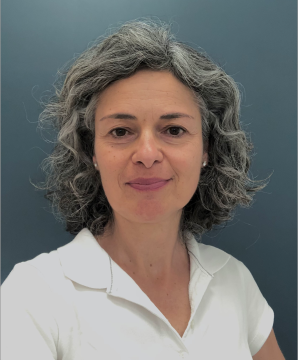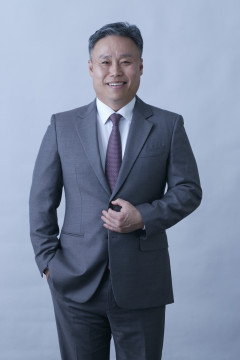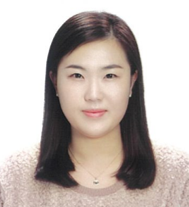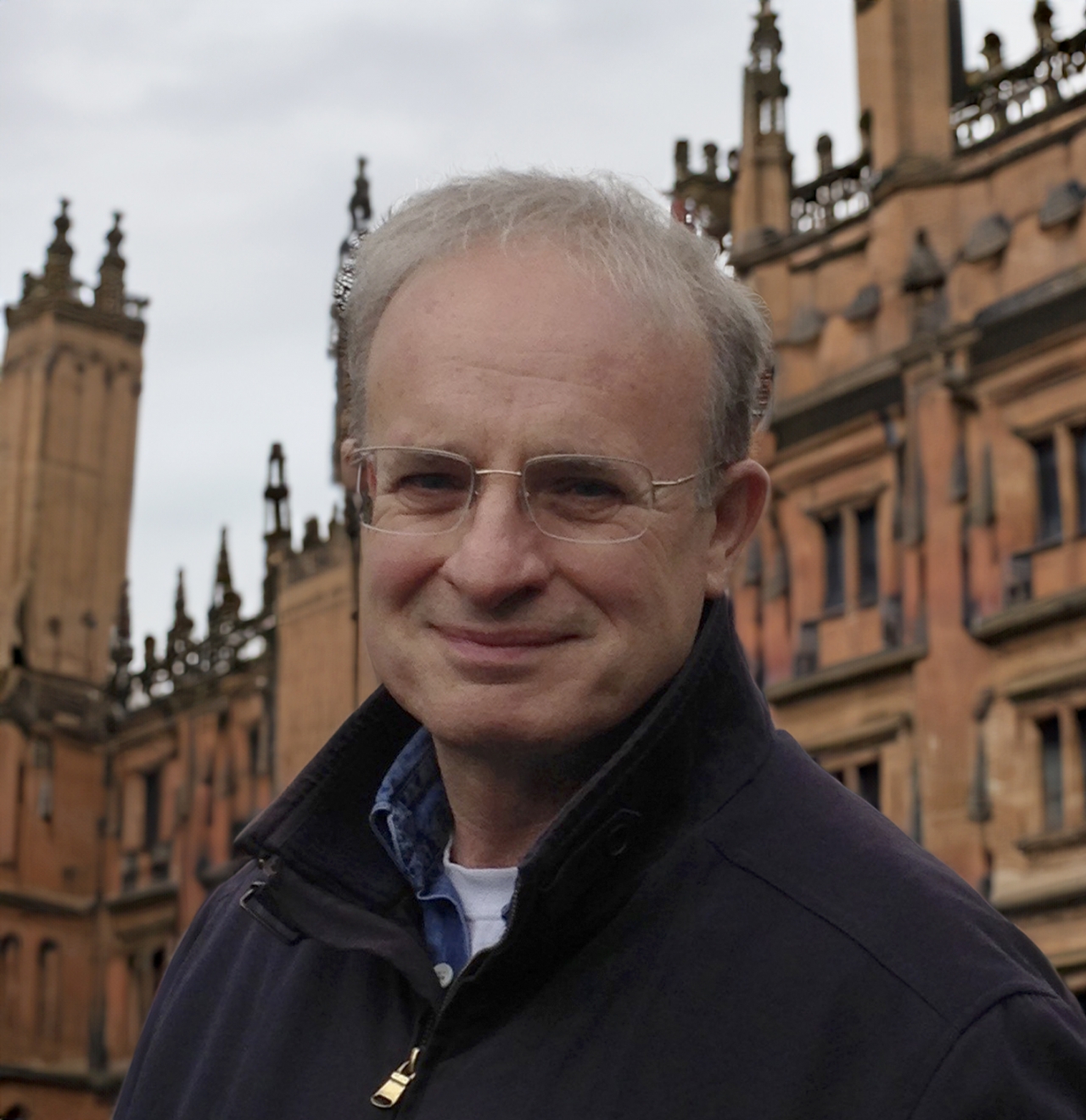Scientific Program
You can update your brief biography and profile picture on the [My Profile] page.
- Session TrackLuncheon Seminar
- Session TitleFBSE WBC - Fellows Debate
- Session CodeSP-T14-0378
- Date & Time / RoomMay 28 (Tue) 12:20~13:30 / Room 306-A
- Organizer
-
Rui Reis (3B's Research Group/Univ. Minho, Portugal)
- Chair
-
Rui Reis (3B's Research Group/Univ. Minho, Portugal)
- Invited Speaker
-
Milica Radisic (University of Toronto, Canada)
Changyou Gao (Zhejiang University, China)
Laura Poole-Warren (The University of New South Wales, Australia)
Bikramjit Basu (Indian Institute of Science, Bangalore, India)
- Session TrackLuncheon Seminar
- Session TitleBiomaterials Education Symposium at the WBC 2024
- Session CodeSP-T14-0388
- Date & Time / RoomMay 29 (Wed) 12:20~13:30 / Room 324-A
- Organizer
-
Jurica Bauer (Maastricht University, Netherlands)
- Chair
-
Jurica Bauer (Maastricht University, Netherlands)
Young Jung No (The University of Sydney, Australia)
- Keynote Speaker
-
12:20~12:45 : Undergraduate and graduate training in biomaterials within a BME curriculum Johnna S. Temenoff (Georgia Tech and Emory University, USA)
- Invited Speaker
-
12:45~13:00 : Teaching biomaterials in a new multidisciplinary bachelor “Regenerative Medicine and Technology” Jurica Bauer (Maastricht University, Netherlands)
13:00~13:15 : Effectively engaging the next generation of biomedical engineers in biomaterials through innovative learning activities and assessment design Young Jung No (The University of Sydney, Australia)
13:15~13:30 : Integrating Engineering Principles into Biotechnology Education Through Biomaterials and Biomedical Engineering Jeong-Kee Yoon (Chung-Ang University, Korea, Republic of)
- Session TrackLuncheon Seminar
- Session TitleMeet editors related to biomaterials
- Session CodeSP-T14-0402
- Date & Time / RoomMay 28 (Tue) 12:20~13:30 / Room 325-AB
- Organizer
-
Hyuk Sang Yoo (Kangwon National University, Korea, Republic of)
- Chair
-
Hyuk Sang Yoo (Kangwon National University, Korea, Republic of)
Katja Schenke-Layland (Eberhard Karls University Tubingen, Germany)
- Invited Speaker
-
Kam W. Leong (Columbia University, USA)
Kent Leach (University of California Davis, USA)
Katja Schenke-Layland (Eberhard Karls University Tubingen, Germany)
Fan Yang (Stanford University School of Medicine, USA)
Byeongmoon Jeong (Ewha Womans University, Korea, Republic of)
Michaela Muehlberg (Royal Society of Chemstry (RSC), United Kingdom)
- Session TrackLuncheon Seminar
- Session TitleRegulatory perspectives on biologics composed of cell therapy and biomaterials
- Session CodeSP-T14-0458
- Date & Time / RoomMay 30 (Thu) 12:20~13:30 / Room 324-A
- Organizer
-
Joo Hee (Elise) Kim (Ajou University, Korea, Republic of)
- Chair
-
Joo Hee (Elise) Kim (Ajou University, Korea, Republic of)
James Moon (University of Michigan, Ann Arbor, USA)
- Invited Speaker
-
12:20~12:50 : Combination Products: Advanced Drug Delivery Technologies and Cell/Gene Therapies James Wabby (Regulatory Affairs (CoE), AbbVie, Inc, USA)
12:50~13:20 : Regulatory aspect of extaracellular vasicles for regenerative medicine Takahiro Ochiya (Tokyo Medical University, Japan)
- Session TrackLuncheon Seminar
- Session TitleWomen in Biomaterials Science
- Session CodeSP-T14-0459
- Date & Time / RoomMay 28 (Tue) 12:20~13:20 / Room 324-A
- Organizer
-
Seung-Woo Cho (Yonsei University, Korea, Republic of)
- Chair
-
Shelly Sakiyama-Elbert (University of Washington, USA)
Yoonhee Jin (Yonsei University, Korea, Republic of)
- Invited Speaker
-
12:20~12:35 : Strength in Diversity: A BioEngineering Journey Hala Zreiqat (University of Sydney, Australia)
12:35~12:50 : Past, Present, and Future States of Korean Woman Scientists in Korean Biomaterials Research Society Sung Yun Yang (Chungnam National University, Korea, Republic of)
12:50~13:05 : A fascinating journey in Biomaterials for Tissue Engineering Maria Chatzinikolaidou (Foundation for Research and Technology Hellas (FORTH) Institute of Electronic Structure and Laser 100, Greece)
- Session TrackLuncheon Seminar
- Session TitleCompany Seminar (Dentium)
- Session CodeSP-T14-0460
- Date & Time / RoomMay 30 (Thu) 12:20~13:10 / Room 325-AB
- Invited Speaker
-
12:20~13:10 : Collagen Matrix(Collagen Graft 2) vs Membrane Sung-Tae Kim (Seoul national university School of Dentistry, Korea, Republic of)
- Session TrackLuncheon Seminar
- Session TitleCompany Seminar (Genoss)
- Session CodeSP-T14-0461
- Date & Time / RoomMay 29 (Wed) 12:20~13:10 / Room 325-AB
- Invited Speaker
-
Seong-Ok Na (GENOSS, Korea, Republic of)
- Session TrackLuncheon Seminar
- Session TitleCompany Seminar (Rousselot / Readily3D)
- Session CodeSP-T14-0462
- Date & Time / RoomMay 29 (Wed) 12:20~13:10 / Room 325-CD
- Invited Speaker
-
12:45~13:10 : 3D volumetric tomographic bioprinting Paul Delrot (Readily3D, Switzerland)
- Session TrackLuncheon Seminar
- Session TitleCompany Seminar (MAVERICK / Desktop Health™)
- Session CodeSP-T14-0464
- Date & Time / RoomMay 28 (Tue) 12:20~13:10 / Room 322
- Invited Speaker
-
12:20~12:45 : Telocollagen additives for Regenerative Medicine seen through a Dental Device Lens Terance Hart (Maverick Biosciences, United Kingdom)
12:45~13:10 : Designing patterns for tubular scaffolds using the 3D-Bioplotter’s PrintRoll system Carlos Carvalho (Desktop Health™, Germany)
- Session TrackLuncheon Seminar
- Session TitleCompany Seminar (DENTIS / Dalim Tissen)
- Session CodeSP-T14-0467
- Date & Time / RoomMay 28 (Tue) 12:20~13:10 / Room 325-CD
- Invited Speaker
-
12:20~12:45 : Overview of Compact bone grafting and absorptive membranes Inhae Shin (Human Materials R&D Team, Korea, Republic of)
Hemostatic efficacy and safety of CollaStat in a spinal surgery In Bo Han (CHA Univ. School of Medicine, Korea, Republic of)

 1
1 


